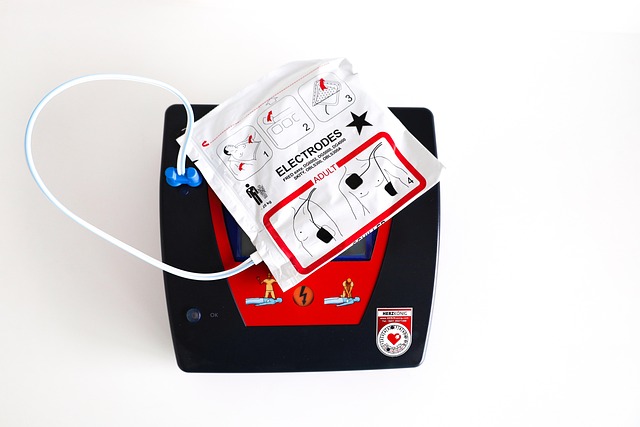Property condition checks are crucial in real estate, offering a detailed assessment of a property's structural integrity, functionality, and livability. Essential for buyers, sellers, and investors, these inspections provide insights for informed decisions, set realistic expectations, and identify high-return investments. Key aspects include evaluating walls, ceilings, floors, mechanical systems, safety features, and roofs. Meticulous documentation and clear communication through comprehensive reports, photos, and descriptions ensure transparency and facilitate smart real estate choices.
In real estate, conducting thorough property condition checks is paramount. These assessments safeguard investors and buyers by revealing potential issues and ensuring transparent transactions. This article delves into the significance of property condition checks, outlining key components to inspect and best practices for documenting findings. By understanding these aspects, professionals can enhance deal-making processes and foster trust among all parties involved in the real estate market.
Understanding Property Condition Checks: Why They Matter in Real Estate

Property condition checks are a crucial aspect of real estate transactions, offering a comprehensive overview of a property’s current state. These assessments go beyond a simple visual inspection, delving into the structural integrity, systems functionality, and overall livability of a home or investment property. In the competitive real estate market, understanding the condition of a property is essential for buyers, sellers, and investors alike.
For buyers, a thorough check ensures they make an informed decision, avoiding potential costly repairs or unforeseen issues post-purchase. Sellers can use these assessments to set realistic expectations and price points, enhancing their listing’s appeal. Investors, too, benefit from condition checks when identifying properties with the highest return on investment, ensuring their portfolio remains robust and profitable. Ultimately, property condition checks play a pivotal role in navigating the real estate landscape, fostering trust and transparency among all parties involved.
Key Components of a Thorough Inspection: What to Look For

Conducting a thorough property condition check is an indispensable step in the real estate process, ensuring buyers and investors make informed decisions. A meticulous inspection involves assessing multiple facets of a property, from structural integrity to functional systems. Look for signs of damage or wear in walls, ceilings, and floors, checking for cracks, bulges, or water stains. Examine windows and doors for proper sealing, insulation, and functionality, as these play a vital role in energy efficiency.
Mechanical systems, including heating, ventilation, and air conditioning (HVAC), plumbing, and electrical wiring, require close attention. Check for up-to-date safety features, such as smoke detectors and carbon monoxide alarms, and inspect the roof for missing or damaged shingles. In addition, assess the overall exterior condition of the property, looking for signs of pest infestations, mold growth, or structural deficiencies.
Best Practices for Documenting and Communicating Findings

When conducting property condition checks in real estate, meticulous documentation and clear communication are paramount. The best practice is to create comprehensive reports that detail every aspect of the property’s current state, including any repairs needed, maintenance issues, or potential safety hazards. Include high-quality photographs alongside a written description for visual reference.
Ensure all findings are accurately communicated to stakeholders, such as buyers, sellers, and agents. Provide clear, concise, and objective feedback, avoiding subjective opinions. Prioritize the most urgent issues first and offer solutions or estimates for repairs where possible. Regularly update all parties involved throughout the process to maintain transparency and facilitate informed decision-making.






